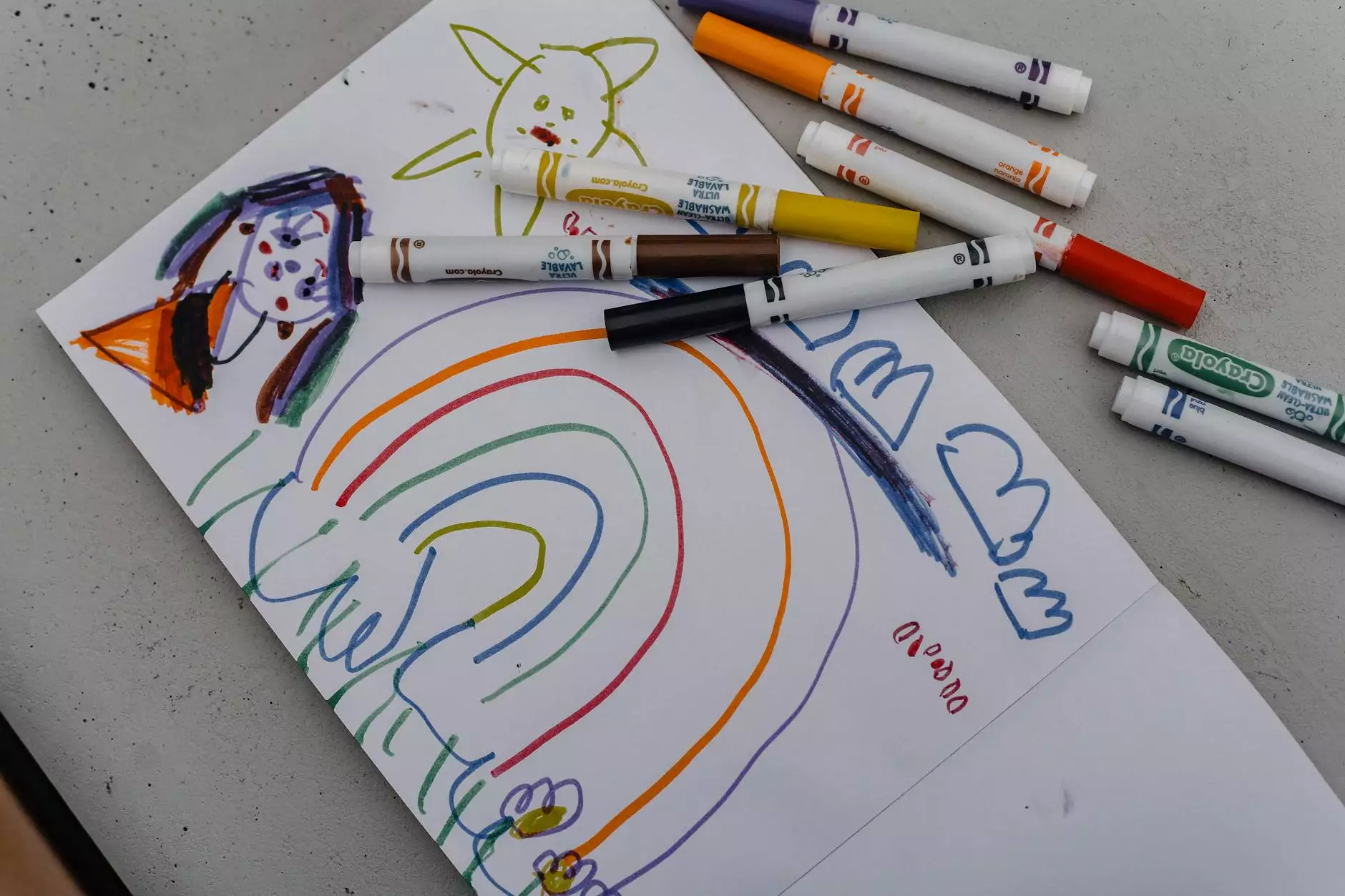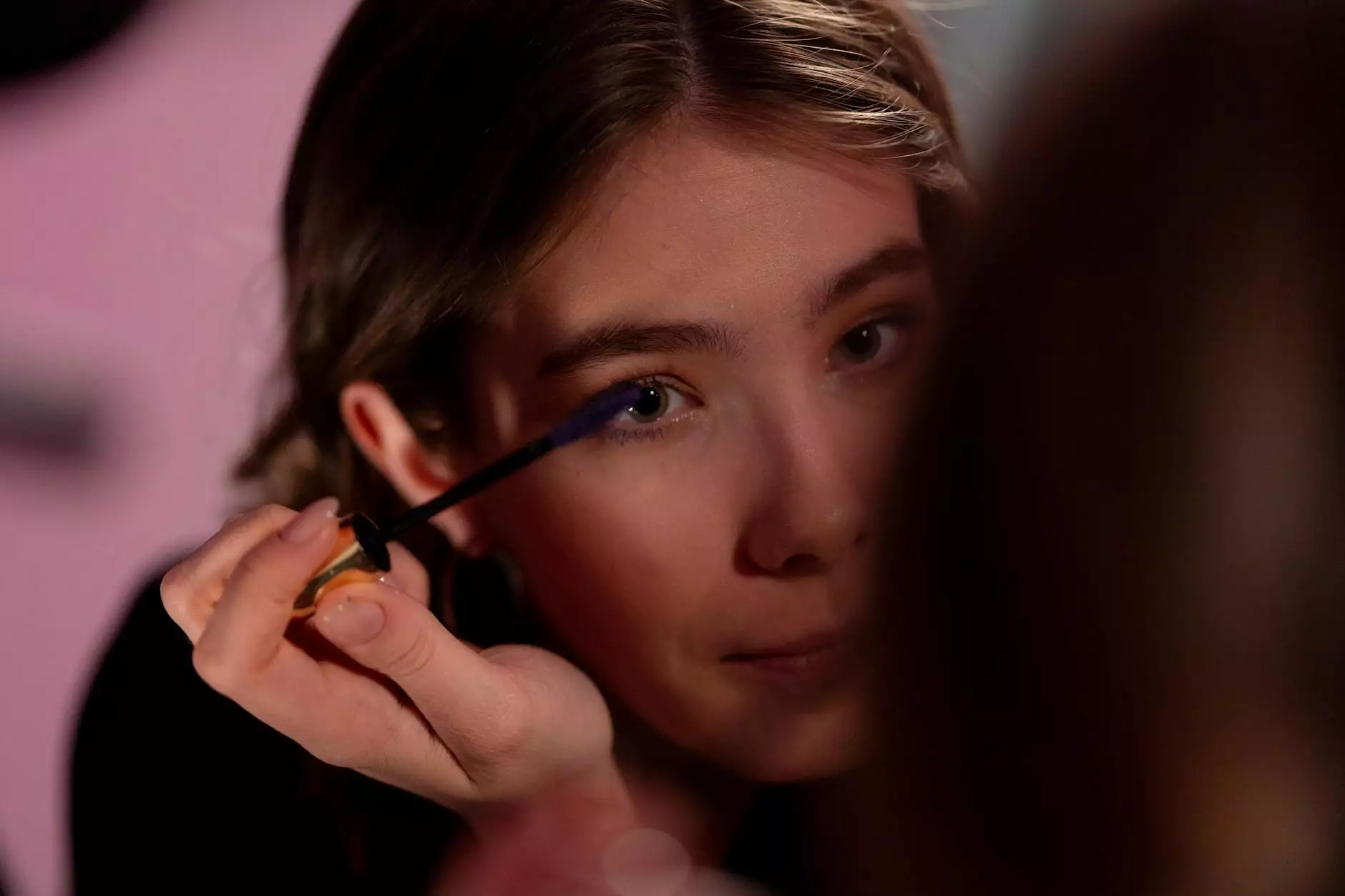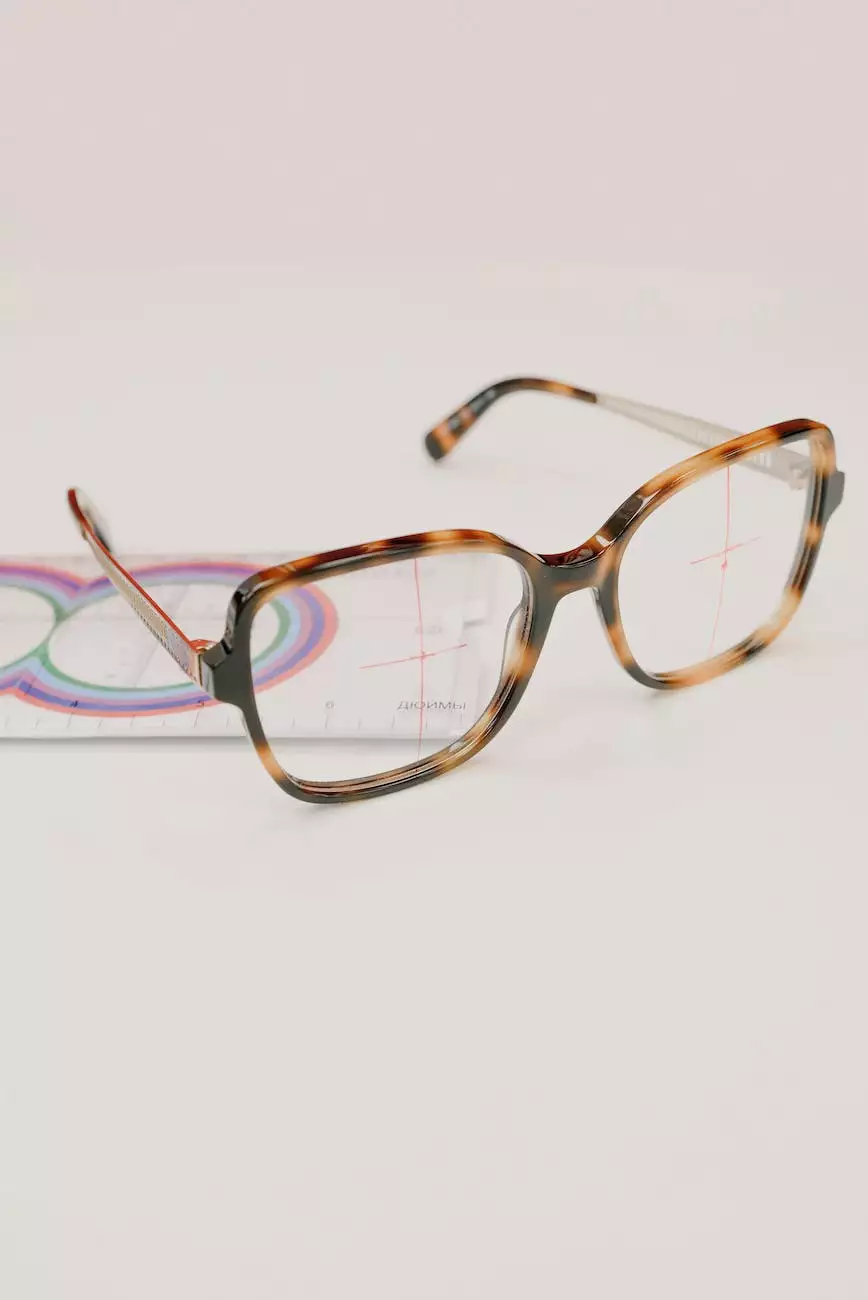Introduction to the Eye - Exploring the Wonders of Vision

About David J Scholten, OD, PC
David J Scholten, OD, PC is a dedicated healthcare provider in the field of optometry. With a passion for preserving vision and promoting eye health, the team at David J Scholten, OD, PC aims to educate individuals about the incredible organ that allows us to see the world - the eye!
Understanding the Human Eye
The human eye is a remarkable organ that allows us to perceive the world around us. It is a complex structure comprising various parts, each playing a crucial role in the process of vision.
The Anatomy of the Eye
Let's delve into the intricate anatomy of the eye. The eye consists of several key components, including:
- Cornea: The transparent outermost layer of the eye that helps focus incoming light.
- Pupil: The small, adjustable opening in the center of the iris through which light enters the eye.
- Iris: The colored part of the eye responsible for controlling the size of the pupil.
- Lens: A transparent structure that focuses light onto the retina.
- Retina: The light-sensitive tissue lining the back of the eye, consisting of specialized cells that convert light into electrical signals.
- Optic Nerve: The nerve that carries visual information from the retina to the brain for processing.
- Vitreous Humor: A gel-like substance that fills the space between the lens and the retina, providing nourishment and maintaining the shape of the eye.
Visual Perception and the Brain
When light enters the eye, it goes through a series of processes before we perceive it as vision. Upon entering the eye, the cornea and lens focus the light onto the retina. The retina's specialized cells convert the light into electrical signals, which are then transmitted through the optic nerve to the brain. The brain interprets these signals, allowing us to see the world.
Functions of the Eye
The eye performs several critical functions beyond vision. These include:
Clear Vision
A healthy eye ensures clear vision, enabling us to focus on objects at various distances. The cornea and lens work together to bend and focus incoming light onto the retina, creating sharp and clear images.
Color Perception
The eye's photoreceptor cells, called cones, are responsible for color vision. They enable us to differentiate between different hues, shades, and intensities, allowing us to experience the vibrant world of colors.
Depth Perception
Depth perception is the ability to perceive the relative distances of objects. The brain combines the slightly different images received from each eye to provide depth and perspective, aiding in everyday tasks such as judging distances and spatial awareness.
Common Eye Conditions
Unfortunately, the eye is susceptible to various conditions and diseases that can affect vision. Some of the most common eye conditions include:
Myopia (Nearsightedness)
Myopia is a refractive error that causes distant objects to appear blurry while nearby objects remain clear. It occurs when the eyeball is slightly longer than normal or when the cornea is too curved, leading to light focusing in front of the retina instead of directly on it.
Hyperopia (Farsightedness)
Hyperopia is the opposite of myopia, making nearby objects appear blurry while distant objects remain clear. It occurs when the eyeball is shorter than normal or when the cornea is too flat, causing light to focus behind the retina.
Astigmatism
Astigmatism occurs when the curvature of the cornea or lens is uneven, resulting in blurred or distorted vision at all distances. It can accompany myopia or hyperopia.
Cataracts
Cataracts are a common age-related condition where the clear lens of the eye becomes cloudy, causing blurred vision and decreased color perception. Cataract surgery is a safe and effective solution for restoring clear vision.
Glaucoma
Glaucoma is a group of eye conditions characterized by damage to the optic nerve, often caused by increased pressure within the eye. It can lead to gradual vision loss and, if left untreated, irreversible blindness.
Age-Related Macular Degeneration (AMD)
AMD is a leading cause of vision loss in individuals over the age of 50. It affects the macula, the central part of the retina responsible for sharp, detailed vision. Early detection and treatment are crucial in preserving vision.
Conclusion
The human eye is a marvelous organ, allowing us to explore and appreciate the world in intricate detail. Understanding its structure, functions, and common eye conditions is vital in maintaining eye health and seeking timely treatment when necessary. At David J Scholten, OD, PC, we are committed to providing comprehensive eye care and educating our patients on the wonders of the eye.









